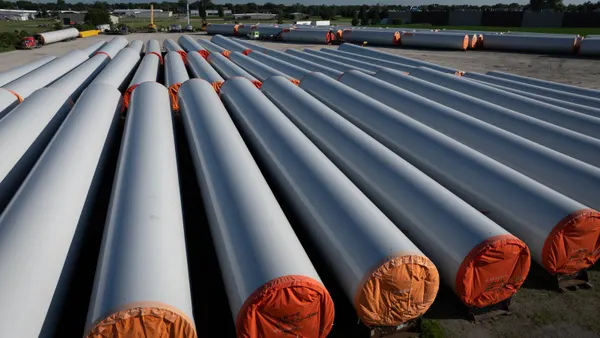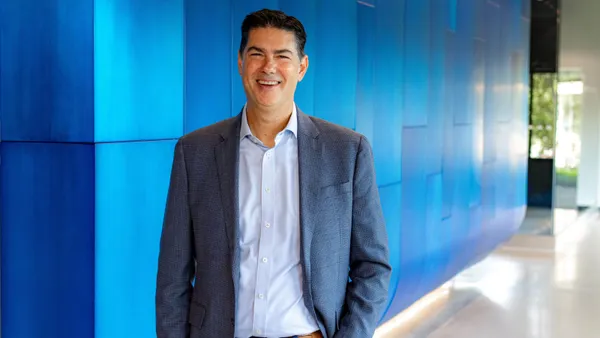WASHINGTON — Now is the best time to add generative artificial intelligence to construction workflows, said panelists at the National Institute of Building Sciences Building Innovation Conference in Washington, D.C., on Thursday.
AEC pros from both the government and the private sector discussed applications for the technology, which generates text, images, videos or other data using generative models, often in response to prompts. For instance, OpenAI, the software development firm behind ChatGPT, released GPT-4o on May 13, which is being touted as a cheaper and more powerful version of the original product.
Generative AI models, which can learn the patterns and structure of training data to create new content with similar characteristics, could help the industry as seasoned building professionals retire and workers continue to be bogged down with repetitive work, the presenters said. Construction industry leaders are paying attention to see how the technology can improve their productivity and margins.
“The only thing I would say is at this point, we're at the very beginning,” said panelist Stephen Hagan, CEO of Hagan Technologies, a Reston, Virginia-based consulting firm for architects and businesses on AI use.
Where it fits
Builders have a workforce issue — not only are contractors struggling to fill positions, experienced workers are quickly nearing retirement age.
Panelist Ivan Panushev, CEO and co-founder of New York City-based construction AI software firm TwinKnowledge, also pointed to the industry’s productivity issues as an area where AI can help fill the gaps.
Panushev gave an example of one of his company’s clients who was working on a government project. The client received an RFP that was more than 7,000 pages long. With AI programs, Panushev said, builders can ask questions about whatever data they upload to the tool. The tech then gives specific answers, trained on their own data and documents, which he demonstrated at the presentation with a video.
The good, the bad and the gorilla
Panelists said that while AI has improved, it is important to consider the drawbacks that the tech can present, such as “hallucinating” — a term purveyors of the tech use to label information AI gets wrong or simply makes up — along with inaccuracies and security concerns such as hacks and data breaches.
“Getting accurate answers is actually not that easy,” Panushev said. However, once the data is fine-tuned and tested, users can expect better accuracy in the future.
To ascertain the efficacy of potential programs, consider the “gorilla test,” said Jay Kline, director of project management at NIBS.
Kline pulled up a demonstration for the audience — in it, he added an Excel spreadsheet to several different types of AI software, with a special twist. Within the spreadsheet were two instances of the word “gorilla” hidden among the rows and cells. Kline gave the platforms a simple request: Find the gorillas.
The first program discovered one instance of the word. A second program discovered both gorillas.
The bottom line? It’s important for contractors to carefully evaluate these programs before adopting them, lest they get caught in a situation where information is incorrect.
“It really behooves us all to come up to speed, because there’s so much to learn and introduce some of the ideas here,” Hagan said.














